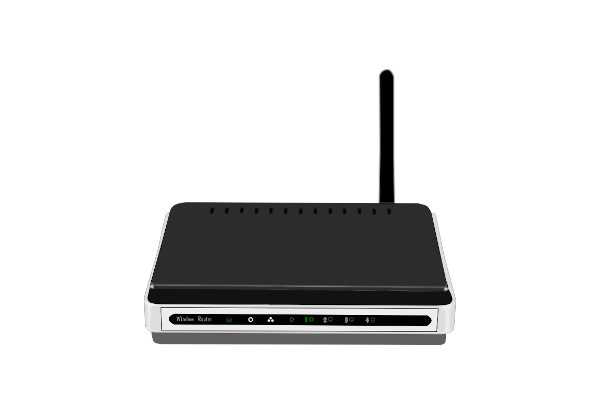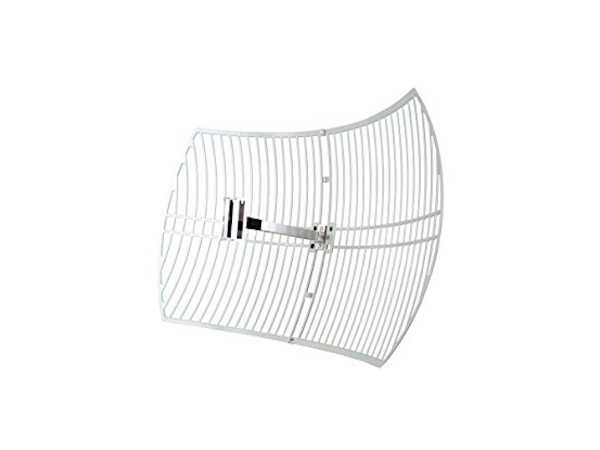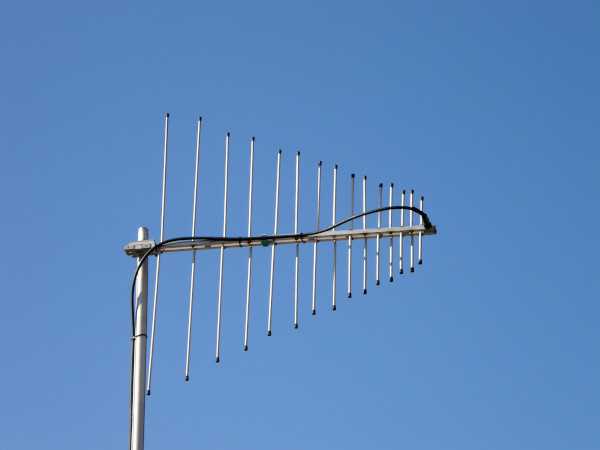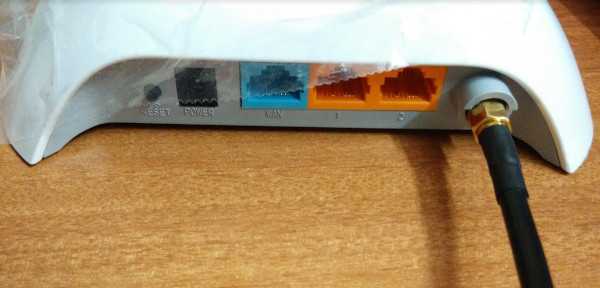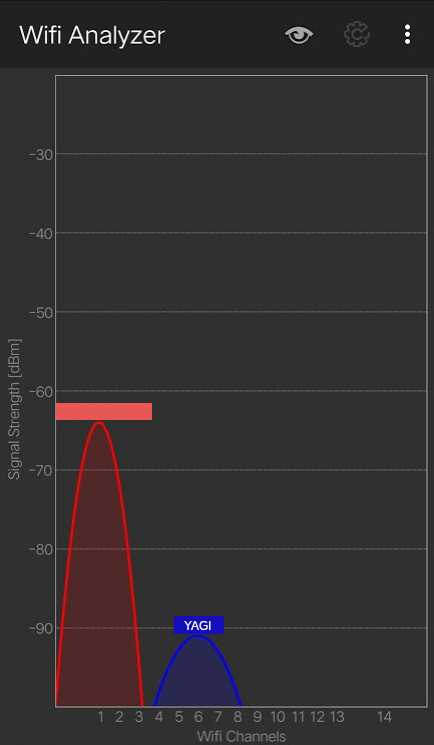- Published:
- Jan 05, 2020
Previously, I wrote about my hiking misadventure that inspired me to start this project. I have high hopes from wifi as a carrier for my long range radio comm devices. Before I get too ahead of myself, it would be best to do a range test with a directional antenna.
Choosing an Antenna
A quick word about Antenna Rating. Antennas are rated with a parameter called Power Gain, measured in decibels (dB), which tells us about its effectiveness compared to that of a standard reference antenna. Manufacturers usually quote a value called dBi for measuring the strength of an antenna. dBi is the gain of an antenna compared to that of an Isotropic radiator (a hypothetical antenna that radiates equally in all directions). The higher the dBi value, greater is the area of coverage.
Omnidirectional
Commonly seen in home routers and handheld radios. Omni antennas radiate equal radio power in all directions perpendicular to an axis. Power declines to zero on the axis. Graphed in 3D, the radiation pattern resembles a donut.

Image: Wikipedia
Omni antennas are well-suited to home or office usage, where you might to set it up in a central location and expect coverage all around. My use case, however, requires longer range in a particular direction. Imagine taking the donut above and stretching it far, far to the right. That would be a job for a directional antenna.
Parabolic Antenna
The signal, fed at its focus, gets reflected as a narrow, parallel beam. The beam spreads very little over distance. Such a collated beam makes it important to 'aim' the antenna right, or else you might end up in a dead zone.
Seems perfect for my use case.
Yagi Antenna
Originally designed as a radio and TV antenna, the Yagi is often used for 802.11 wifi. It can provide staggering high signal strength, especially when used outdoors.
The Yagi antenna is very cheap and simple to construct. With the right specs, it can supposedly achieve terrific signal gain! Downside: the wave pattern is very narrow and highly directional.
Even off by a few degrees, you might find yourself out of the cone. While at close range, it could be hard to lock on to the Yagi's signal. The coverage improves over long distances.
I decided to go with the Yagi for my first trial run because it is very cheap and easily available.
The Build
Here's the stuff I gathered:
- TP Link TL-WR720N router - literally the cheapest I could find
- Yagi antenna rated 16dBi for 2.4GHz wifi
- RP SMA Connectors
- Shielded cables
Router Teardown
Cracked the router open and desoldered the omni antenna
Replaced the omni antenna with a male RP-SMA connector via a small stretch of shielded cable. A dab of steel glue later, the connector fits nicely in the slot for the antenna
Here's the Yagi antenna's SMA cable, connected to the router:
The Test
I found a location with minimal wifi interference (such places are getting rarer by the day!) and hooked up my router and yagi setup. The idea is to use a mobile app called Wifi Analyzer to measure the signal strength as I walk away from the antenna, in the direction it points.
Epic Fail!
To my sheer surprise and disappointment, all I detected was a very weak signal, even while in the same room as the antenna. As I walked out and further away, the signal dropped fast to ZERO! Several repeated tests turned up with similar results.
At one point, I re-connected the omni antenna that came with the router. It actually performed better than the yagi!
Possible Reasons
There has to be something I am doing wrong. My guesses:
- The router and the Yagi are incompatible. I have some vague memories of the relation between wavelength and dipole antenna length. Though, my Yagi is rated for 2.4GHz wifi, perhaps the router is 'tuned' to the omni it comes with
- Faulty Yagi? I measured continuity between the terminals of the Yagi. There is nearly zero resistance between the two! I am no antenna expert, but this doesn't seem right
- The router doesn't put out enough power for the Yagi. This is a low-end router after all
What's Next?
This was quite the bummer. I have hit a wall, trying to make the yagi work. My options are:
- try different yagi/router combinations
- try a parabolic antenna
More importantly, this failed experiment exposed the massive flaw in my plans - I have very little theoretical understanding of how antennas and waveforms work. I could use some help from someone who does. Before I burn through more of my cash on failed experiments, I should consult with someone who has experience building long range wifi. Until then, I have no option but to put this project on hold.
